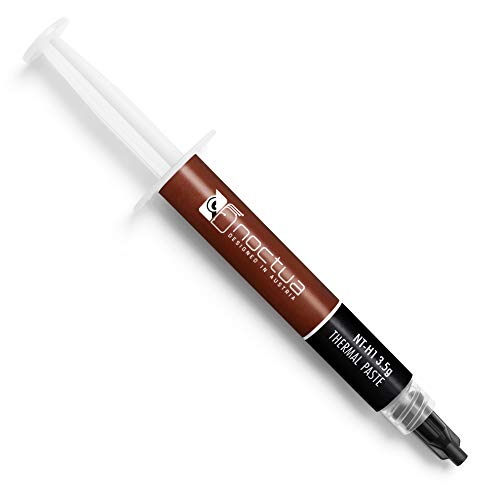Understanding Radeon Graphics Cards: An Introductory Guide
What Are Radeon Graphics Cards?
Radeon graphics cards are a line of GPUs (graphics processing units) developed by AMD designed specifically for accelerating rendering tasks in videos and games. They help to create smoother graphics and improve rendering times, making them essential for gaming, graphic design, and video editing. When we speak of Radeon cards, think of the power behind high-definition visuals and immersive gaming experiences. These cards are built to handle complex graphics with ease, ensuring games run smoothly even at high settings.
The Radeon Brand and Its Purpose
Radeon has established itself as one of the dominant players in the graphics card market, competing closely with other brands. The purpose of these cards extends beyond gaming; they’re also used in professional environments for tasks that require high-performance graphics processing, such as 3D rendering and video editing. Understanding the versatility and purpose behind Radeon graphics cards is crucial as we assess which model best fits our specific needs.
Key Features to Consider When Choosing a Radeon Graphics Card
Performance Metrics: What to Look For
When selecting a Radeon graphics card, we must pay attention to a few key performance metrics such as clock speed, memory size, and the architecture of the card. Higher clock speeds typically mean better performance, while adequate memory size (usually measured in gigabytes) is essential to handle high-resolution textures. The architecture of the card affects how efficiently it processes graphics, so newer architectures often result in better performance and energy efficiency.
Cooling Solutions and Size
The cooling solution is another critical feature to consider. Radeon graphics cards come with various cooling mechanisms, from fans to liquid cooling systems. A proper cooling solution ensures that the card operates efficiently without overheating, which is particularly important for prolonged use during gaming. Additionally, we should consider the size of the card to ensure it fits within our computer case without any issues.
Connectivity Options
Connectivity options are important because they determine how easily our graphics card can connect to monitors and other peripherals. Most Radeon cards will offer multiple HDMI and DisplayPort outputs. Ensuring that the chosen card supports our monitor’s resolution and refresh rate will help us achieve the best visual experience possible.
Top Radeon Graphics Cards on the Market: Our Picks for Every Need
Budget-Friendly Options
For those of us on a budget, the Radeon RX 6500 XT is a solid choice. This card offers good performance for 1080p gaming and is great for casual gamers who want to enjoy high-quality graphics without breaking the bank. It’s an excellent entry-level option that provides great value.
Mid-Range Choices
If we’re looking for a balance between performance and cost, the Radeon RX 6700 XT is worth considering. This card excels in 1440p gaming and can handle most modern titles at high settings. Its performance level offers a satisfying experience for gamers who desire quality visuals without stepping into the premium price range.
High-End Selections
For serious gamers and professionals, the Radeon RX 6900 XT is a top-tier choice. This powerhouse card is designed for 4K gaming and similarly demanding tasks like 3D rendering and video production. With excellent performance metrics, it’s perfect for those who require extreme graphics capabilities.
How to Match a Radeon Graphics Card with Your System
Check Your Power Supply
Before purchasing a Radeon graphics card, we need to ensure our power supply unit (PSU) can handle the new GPU. Each card has a specific wattage requirement, and having a PSU that meets or exceeds this requirement will ensure stable performance. It’s advisable to check both the total wattage and the specific connectors needed for the GPU.
System Compatibility
Another critical factor is system compatibility, including the motherboard’s PCIe slots and the physical dimensions of the graphics card. Most modern motherboards support Radeon cards; however, we should double-check to confirm that our system can accommodate the selected card without any spatial constraints.
Utilising Drivers and Updates
Once we’ve got our new Radeon graphics card installed, keeping drivers up to date is vital for maximising performance. AMD frequently releases driver updates to optimise performance and add features, which is particularly important in the fast-paced environment of gaming.
Maximising Performance: Tips for Getting the Most Out of Your Radeon Graphics Card
Overclocking for Enhanced Performance
For those who want to squeeze every ounce of performance from our Radeon graphics card, overclocking can be an option. This process involves increasing the card’s clock speed beyond the manufacturer’s specifications for improved performance. However, it’s important to approach this method with caution, as it can lead to increased temperatures and the need for enhanced cooling solutions.
Optimising Your Settings
In addition to overclocking, tweaking in-game graphics settings can significantly improve performance. By adjusting settings such as resolution, shadows, and texture quality, we can achieve a balance between visual fidelity and performance that suits our individual gaming preferences.
Use AMD’s Adrenalin Software
Lastly, we recommend using AMD’s Adrenalin software. This utility provides various features to monitor performance and fine-tune settings. With options for performance analysis, driver management, and even recording gameplay, this software toolkit can significantly enhance our experience with our Radeon graphics card.





















